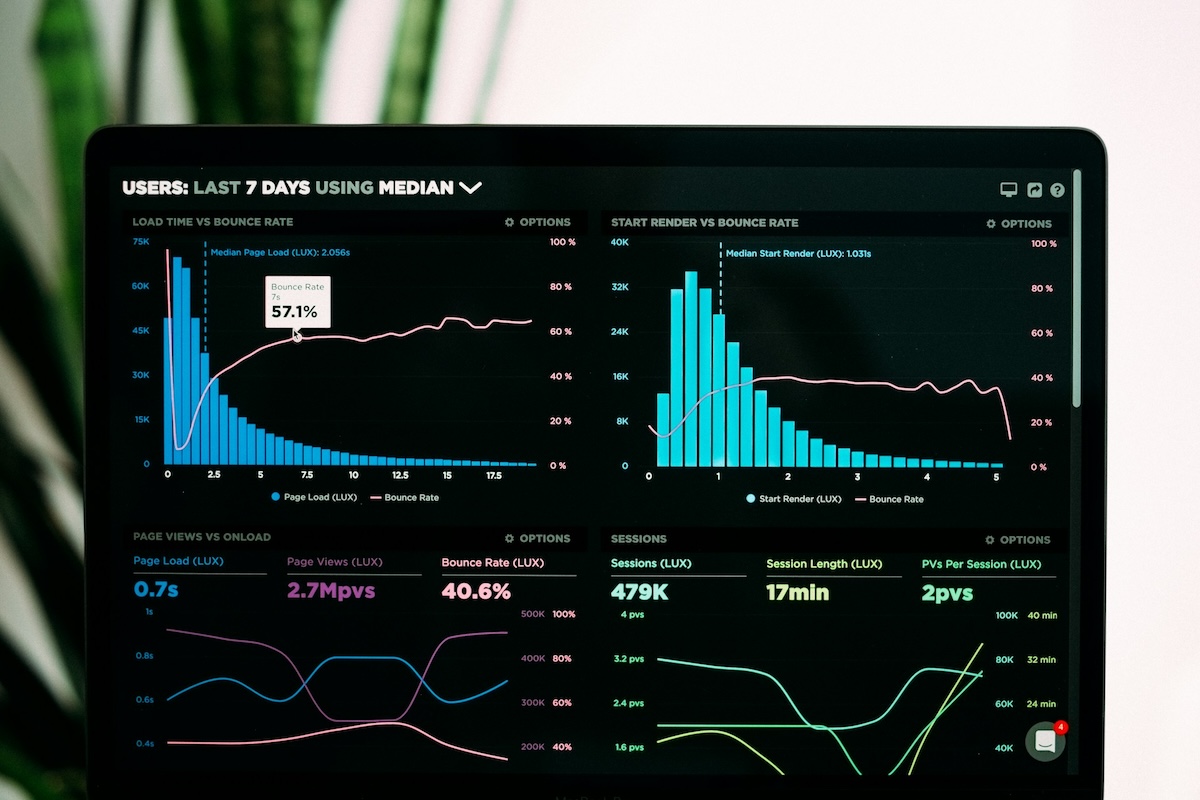Automating Financial Reporting for B2B SaaS: Best Practices

Are you tired of drowning in spreadsheets trying to make sense of your B2B SaaS financial data? Truth is, I’ve been there, and I know how draining it can feel. Not to mention the risk of making errors that can impact your business significantly.
But what if there was a way to automate your financial reporting and turn the tide in your favor? Automating financial reporting allows you to manage financial data efficiently and generate accurate and timely reports.
Join me as I explore what financial reporting automation is and outline the best practices for implementing automation in B2B SaaS financial reporting.
Let’s get started.
Understanding Financial Reporting Automation
Financial reporting automation entails using technology to automate tasks involved in collecting, processing, and analyzing your financial data. This means you can use software solutions to replace time-consuming manual tasks, such as:
- Data collection and aggregation
- Data entry and validation
- Financial consolidation
- Budgeting and forecasting
- Compliance and regulatory reporting
Financial reporting automation helps B2B SaaS companies improve accuracy, reduce human errors, and enhance efficiency. In fact, 73% of finance leaders say that automation improves efficiency and frees up time for value-added tasks.
Moreover, it also helps you streamline revenue recognition and comply with various financial regulations. You can read the Younium revenue recognition guide to uncover more insights into revenue recognition methods and standards for B2B SaaS.
Best Practices for Automating B2B SaaS Financial Reporting
While automating financial reporting improves efficiency and data accuracy, following best practices is vital for a smooth and successful transition. Here are some best practices to follow.
Select the Right Automation Tools
Not just any financial reporting automation tool will be ideal for your needs. So, select one that aligns with the unique needs and complexities of B2B SaaS financial reporting.
Combining subscription management software with the right financial reporting automation tool can further enhance efficiency and streamline your business operations. You can refer to an expert curated list by Attrock to discover more about subscription management software.
Here are some factors to keep in mind when choosing an automation tool.
- Integration capabilities – Choose tools that seamlessly integrate with your existing B2B SaaS platforms, accounting software, and other relevant systems.
- Scalability – Select tools that can scale with your business growth. Ensure the automation solution can handle an increasing volume of data and reporting complexity.
Ensure Data Quality and Consistency
Inconsistent data formats can compromise the accuracy of your financial reports even when using an automation tool. Here is what you can do to ensure data quality and consistency.
- Standardize data formats – Establish standardized formats for financial data across your organization. Consistent formats make it easier for the automated system to process and analyze data accurately, reducing the risk of errors.
- Validate data sources – Regularly validate and verify the accuracy of data sources. Ensure that the data entering the automated reporting system is reliable and up-to-date to minimize inaccuracies in financial reports.
- Implement data quality checks – Incorporate data quality checks within the automation process. Set up validation rules and checks to identify and rectify any anomalies or discrepancies in the financial data.
Secure Data Access
Since financial data is sensitive, prioritize data security and compliance. Implement robust security measures to control access to financial data. Such measures include:
- Role-Based Access Control (RBAC) – Enforce RBAC to regulate data access according to user roles and responsibilities. Define roles, such as administrators, financial analysts, and executives, each with specific permissions.
- Data encryption – Encrypt sensitive financial data using robust encryption algorithms. This protects the information from unauthorized access.
- Regular security audits – Perform regular security audits and assessments of your automated financial reporting system. This can help you identify and mitigate security risks before they escalate.
Provide Training and Support
While automating financial reporting can boost efficiency, adopting it can still present challenges and disruptions. Providing training and support can ensure your team smoothly transitions from manual to automated financial reporting.
Here is how to ensure your team is well-equipped to use the new system.
- Offer customized training – Different teams within your organization may have varying financial reporting roles. Customize training programs to suit specific requirements and roles of users.
- Organize workshops – Conduct interactive workshops to facilitate hands-on learning. Allow users to practice using the automated reporting tools in a controlled environment.
- Introduce dedicated support channels – Establish dedicated support channels, such as a helpdesk or a ticketing system, for users to seek assistance. Ensure you have a responsive support team capable of addressing queries promptly.
Final Thoughts
Automating financial reporting for B2B SaaS companies is a strategic move toward improving efficiency, accuracy, and scalability. However, to ensure a smooth transition, you must follow the best practices outlined in this post and remain vigilant in addressing potential challenges.
Providing comprehensive training for financial teams, choosing the right automation tools, and securing data access can help you successfully implement financial reporting automation.
As the B2B SaaS landscape evolves, embracing automation can help you gain a competitive edge and ultimately drive sustained growth.
